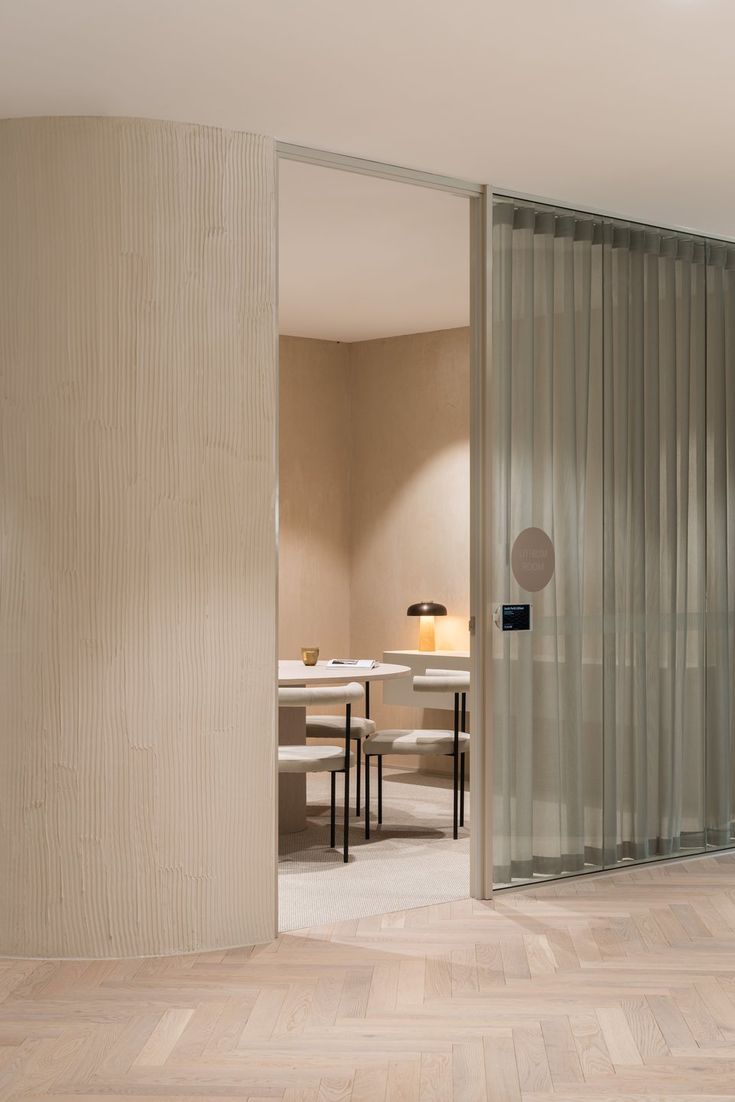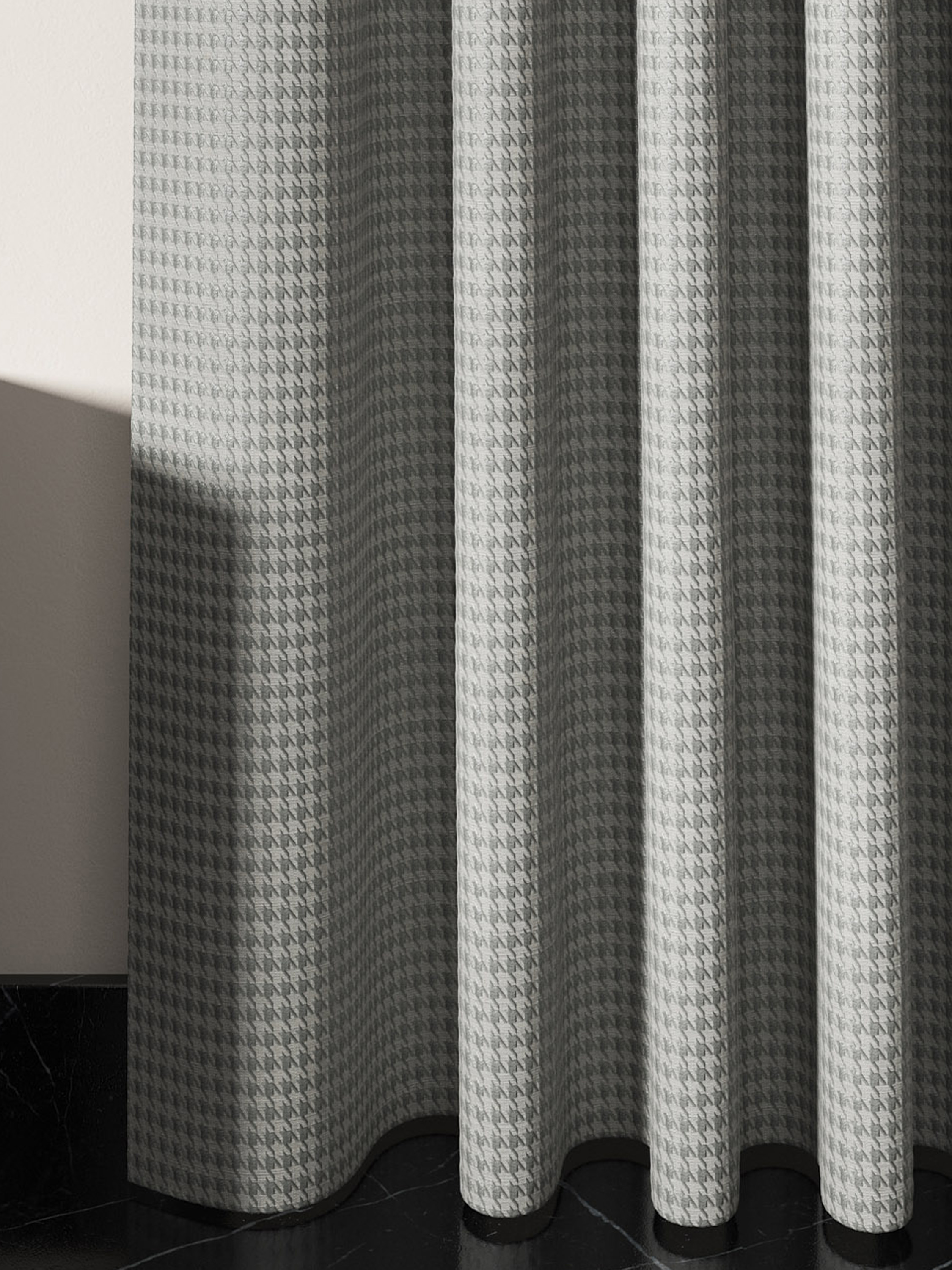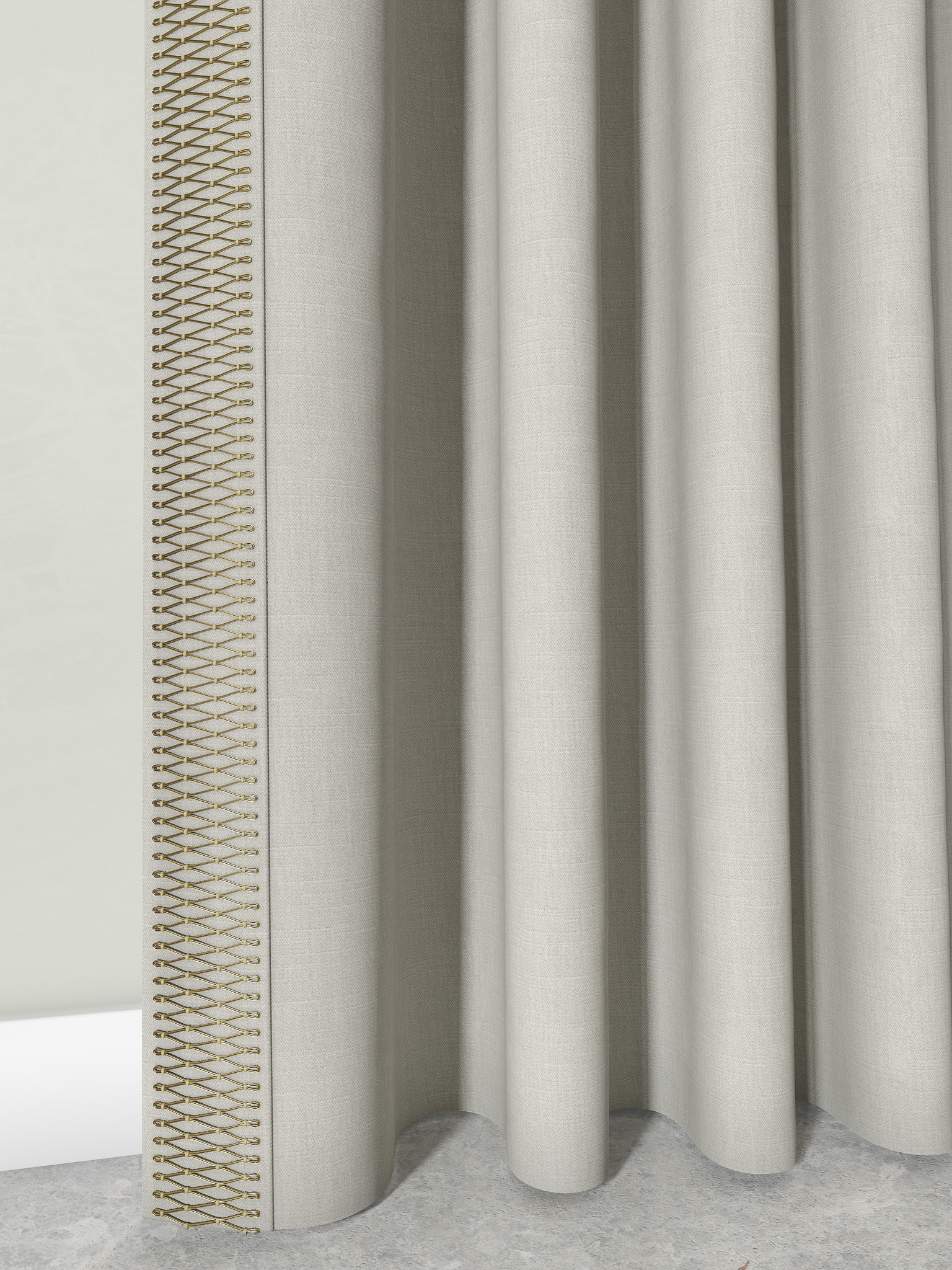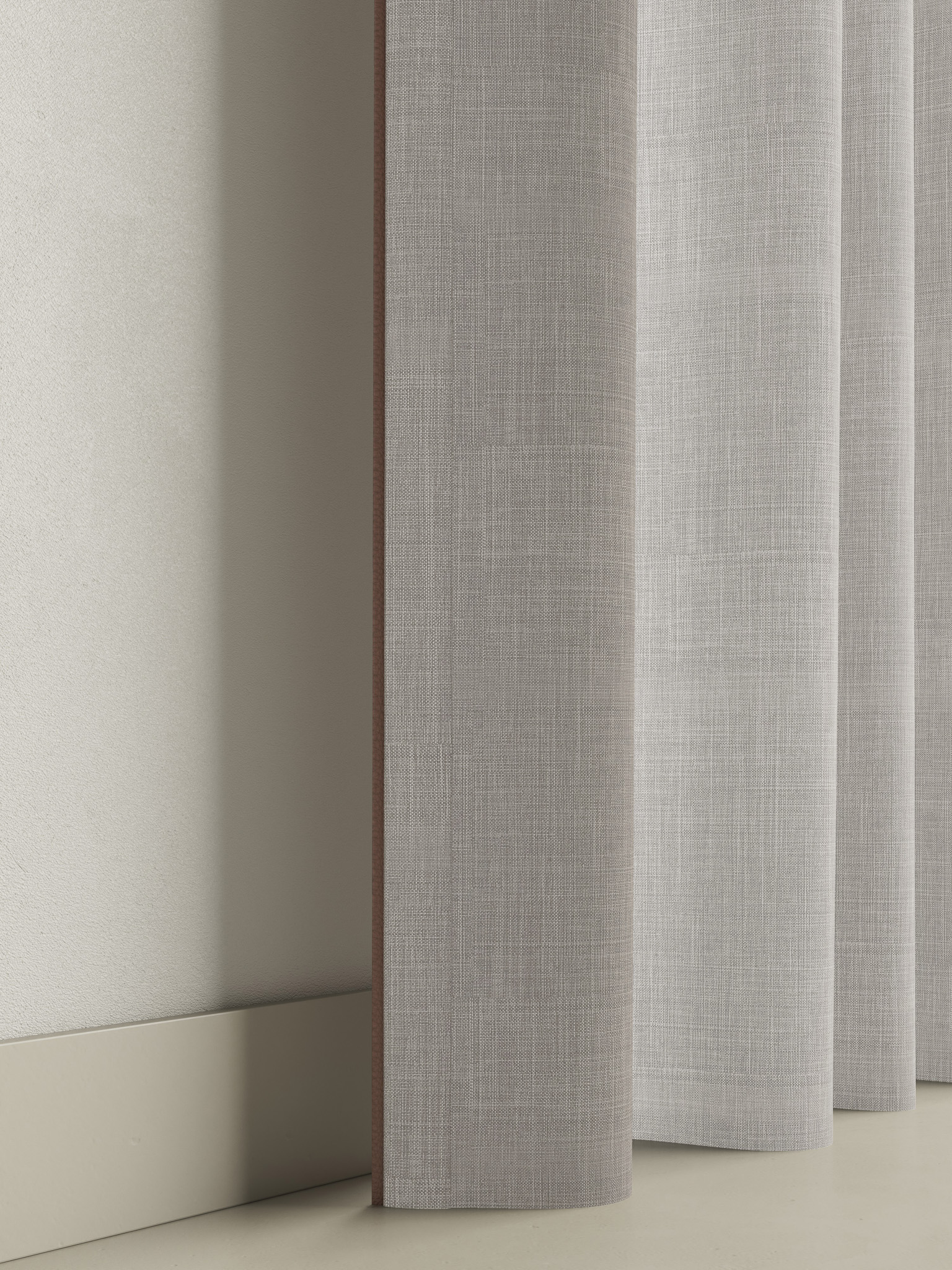SAVE YOUR CART
We noticed you have not Logged In or Signed Up. Leaving tulio.design will result in your history and cart getting lost.


Choose the language you’d like to browse the site in
Choose a country or region. This affects the currency you’re billed in, availability of items, price and delivery options.
 Afghanistan
Afghanistan
USD $
 Albania
Albania
USD $
 Algeria
Algeria
USD $
 Andorra
Andorra
EUR €
 Angola
Angola
USD $
 Argentina
Argentina
USD $
 Armenia
Armenia
USD $
 Australia
Australia
USD $
 Austria
Austria
EUR €
 Azerbaijan
Azerbaijan
USD $
 Bahamas
Bahamas
USD $
 Bahrain
Bahrain
USD $
 Bangladesh
Bangladesh
USD $
 Barbados
Barbados
USD $
 Belarus
Belarus
USD $
 Belgium
Belgium
EUR €
 Belize
Belize
USD $
 Benin
Benin
USD $
 Bhutan
Bhutan
USD $
 Bolivia
Bolivia
USD $
 Bosnia and Herzegovina
Bosnia and Herzegovina
USD $
 Botswana
Botswana
USD $
 Brazil
Brazil
USD $
 Brunei
Brunei
USD $
 Bulgaria
Bulgaria
USD $
 Burkina Faso
Burkina Faso
USD $
 Burundi
Burundi
USD $
 Cabo Verde
Cabo Verde
USD $
 Cambodia
Cambodia
USD $
 Cameroon
Cameroon
USD $
 Canada
Canada
USD $
 Central African Republic
Central African Republic
USD $
 Chad
Chad
USD $
 Chile
Chile
USD $
 China
China
USD $
 Colombia
Colombia
USD $
 Comoros
Comoros
USD $
 Congo (Congo-Brazzaville)
Congo (Congo-Brazzaville)
USD $
 Costa Rica
Costa Rica
USD $
 Croatia
Croatia
USD $
 Cuba
Cuba
USD $
 Cyprus
Cyprus
EUR €
 Czechia (Czech Republic)
Czechia (Czech Republic)
USD $
 Democratic Republic of the Congo
Democratic Republic of the Congo
USD $
 Denmark
Denmark
USD $
 Djibouti
Djibouti
USD $
 Dominica
Dominica
USD $
 Dominican Republic
Dominican Republic
USD $
 Ecuador
Ecuador
USD $
 Egypt
Egypt
USD $
 El Salvador
El Salvador
USD $
 Equatorial Guinea
Equatorial Guinea
USD $
 Eritrea
Eritrea
USD $
 Estonia
Estonia
EUR €
 Eswatini
Eswatini
USD $
 Ethiopia
Ethiopia
USD $
 Fiji
Fiji
USD $
 Finland
Finland
EUR €
 France
France
EUR €
 Gabon
Gabon
USD $
 Gambia
Gambia
USD $
 Georgia
Georgia
USD $
 Germany
Germany
EUR €
 Ghana
Ghana
USD $
 Greece
Greece
EUR €
 Grenada
Grenada
USD $
 Guatemala
Guatemala
USD $
 Guinea
Guinea
USD $
 Guinea-Bissau
Guinea-Bissau
USD $
 Guyana
Guyana
USD $
 Haiti
Haiti
USD $
 Honduras
Honduras
USD $
 Hungary
Hungary
USD $
 Iceland
Iceland
USD $
 India
India
INR ₹
 Indonesia
Indonesia
USD $
 Iran
Iran
USD $
 Iraq
Iraq
USD $
 Ireland
Ireland
EUR €
 Israel
Israel
USD $
 Italy
Italy
EUR €
 Jamaica
Jamaica
USD $
 Japan
Japan
JPY ¥
 Jordan
Jordan
USD $
 Kazakhstan
Kazakhstan
USD $
 Kenya
Kenya
USD $
 Kiribati
Kiribati
USD $
 Kuwait
Kuwait
USD $
 Kyrgyzstan
Kyrgyzstan
USD $
 Laos
Laos
USD $
 Latvia
Latvia
EUR €
 Lebanon
Lebanon
USD $
 Lesotho
Lesotho
USD $
 Liberia
Liberia
USD $
 Libya
Libya
USD $
 Liechtenstein
Liechtenstein
USD $
 Lithuania
Lithuania
EUR €
 Luxembourg
Luxembourg
EUR €
 Madagascar
Madagascar
USD $
 Malawi
Malawi
USD $
 Malaysia
Malaysia
USD $
 Maldives
Maldives
USD $
 Mali
Mali
USD $
 Malta
Malta
EUR €
 Marshall Islands
Marshall Islands
USD $
 Mauritania
Mauritania
USD $
 Mauritius
Mauritius
USD $
 Mexico
Mexico
USD $
 Micronesia
Micronesia
USD $
 Moldova
Moldova
USD $
 Monaco
Monaco
EUR €
 Mongolia
Mongolia
USD $
 Montenegro
Montenegro
EUR €
 Morocco
Morocco
USD $
 Mozambique
Mozambique
USD $
 Myanmar (Burma)
Myanmar (Burma)
USD $
 Namibia
Namibia
USD $
 Nauru
Nauru
USD $
 Nepal
Nepal
USD $
 Netherlands
Netherlands
EUR €
 New Zealand
New Zealand
USD $
 Nicaragua
Nicaragua
USD $
 Niger
Niger
USD $
 Nigeria
Nigeria
USD $
 North Korea
North Korea
USD $
 North Macedonia
North Macedonia
USD $
 Norway
Norway
USD $
 Oman
Oman
USD $
 Pakistan
Pakistan
USD $
 Palau
Palau
USD $
 Palestine
Palestine
USD $
 Panama
Panama
USD $
 Papua New Guinea
Papua New Guinea
USD $
 Paraguay
Paraguay
USD $
 Peru
Peru
USD $
 Philippines
Philippines
USD $
 Poland
Poland
USD $
 Portugal
Portugal
EUR €
 Qatar
Qatar
USD $
 Romania
Romania
USD $
 Russia
Russia
USD $
 Rwanda
Rwanda
USD $
 Saint Kitts and Nevis
Saint Kitts and Nevis
USD $
 Saint Lucia
Saint Lucia
USD $
 Saint Vincent and the Grenadines
Saint Vincent and the Grenadines
USD $
 Samoa
Samoa
USD $
 San Marino
San Marino
EUR €
 Sao Tome and Principe
Sao Tome and Principe
USD $
 Saudi Arabia
Saudi Arabia
SAR ر.س
 Senegal
Senegal
USD $
 Serbia
Serbia
USD $
 Seychelles
Seychelles
USD $
 Sierra Leone
Sierra Leone
USD $
 Singapore
Singapore
USD $
 Slovakia
Slovakia
EUR €
 Slovenia
Slovenia
EUR €
 Solomon Islands
Solomon Islands
USD $
 Somalia
Somalia
USD $
 South Africa
South Africa
USD $
 South Korea
South Korea
USD $
 South Sudan
South Sudan
USD $
 Spain
Spain
EUR €
 Sri Lanka
Sri Lanka
USD $
 Sudan
Sudan
USD $
 Suriname
Suriname
USD $
 Sweden
Sweden
USD $
 Switzerland
Switzerland
USD $
 Syria
Syria
USD $
 Taiwan
Taiwan
USD $
 Tajikistan
Tajikistan
USD $
 Tanzania
Tanzania
USD $
 Thailand
Thailand
USD $
 Timor-Leste
Timor-Leste
USD $
 Togo
Togo
USD $
 Tonga
Tonga
USD $
 Trinidad and Tobago
Trinidad and Tobago
USD $
 Tunisia
Tunisia
USD $
 Turkey
Turkey
USD $
 Turkmenistan
Turkmenistan
USD $
 Tuvalu
Tuvalu
USD $
 Uganda
Uganda
USD $
 Ukraine
Ukraine
USD $
 United Arab Emirates
United Arab Emirates
AED د.إ
 United Kingdom
United Kingdom
GBP £
 United States
United States
USD $
 Uruguay
Uruguay
USD $
 Uzbekistan
Uzbekistan
USD $
 Vanuatu
Vanuatu
USD $
 Vatican City
Vatican City
EUR €
 Venezuela
Venezuela
USD $
 Vietnam
Vietnam
USD $
 Yemen
Yemen
USD $
 Zambia
Zambia
USD $
 Zimbabwe
Zimbabwe
USD $
Please Login First
COOKIES & PRIVACY
This website uses cookies to ensure you get the best experience on our website. Please read our Cookie Policy and Privacy Policy.
Tulio uses cookies, including third-party cookies, for functional reasons, for statistical analysis, to personalise your experience, offer you content that targets your particular interests and analyse the performance of our advertising campaigns.
These cookies are necessary for the web boutique to function and cannot be turned off. They are set to help improve your experience and offer you key functions on the website. These cookies do not store any personally identifiable information or track your browsing habits.
These cookies are used to enhance the functionality and personalisation of the web boutique as they collect information on your interests as your browse the website. They help us assist you as best possible and to recommend the products that best meet your expectations and preferences.
We noticed you have not Logged In or Signed Up. Leaving tulio.design will result in your history and cart getting lost.

In recent years, open-plan living has become a popular trend in home design. It offers a spacious and airy feel, promoting a sense of togetherness and connectivity. However, this layout also brings challenges when it comes to privacy and creating separate functional areas. That's where curtain room dividers can be a stylish and flexible solution. In this blog post, we will explore the benefits and challenges of open-plan living, the versatility of curtain room dividers, tips for choosing the right fabric, installation techniques, creating distinct zones, finding the balance between privacy and transparency, and maintaining sound insulation.
Open-plan living has gained popularity for its numerous benefits. It fosters a sense of spaciousness and allows natural light to flow throughout the space, creating an inviting and welcoming atmosphere. It promotes social interaction and makes it easier to monitor children or engage in conversations while cooking. However, the lack of walls and partitions in open-plan spaces poses challenges in terms of privacy and defining different functional areas. This is where curtains can play a transformative role.
Curtain room dividers offer an elegant and adaptable way to separate spaces in open-plan layouts. They are available in a wide range of styles, colors, and textures, allowing you to choose a design that complements your décor and personal taste. From flowy sheer curtains to textured drapes, the options are endless. The flexibility of curtain room dividers allows you to modify and reconfigure the space as needed, adapting to your changing needs over time.
When selecting curtain fabric for room division, consider both the aesthetic and functional aspects. Opt for fabrics that provide the desired level of privacy while allowing light to filter through if desired. Sheer curtains are perfect for maintaining a sense of openness and transparency, while heavier fabrics like linen or velvet offer enhanced privacy. Textured curtains can add depth and character to the space. For a cohesive look, coordinate your curtain choice with other elements like curtain pelmets or blinds.
Proper installation of curtain tracks and hardware is crucial for the efficient functioning of room dividers. Ensure that your chosen tracks and rods are strong enough to support the weight of the curtains. Installing ceiling-mounted tracks provides a seamless and unobtrusive appearance, while wall-mounted options work well when there are limitations or preferences regarding ceiling fixtures. Consider using curtain tiebacks to hold the curtains in place when they are open, adding a touch of style to the overall look.
One of the primary purposes of curtain room dividers is to create distinct zones within an open-plan space. By strategically placing curtains, you can define separate areas for different activities such as dining, lounging, or working. Use curtains to visually separate rooms without sacrificing the flow and openness of the overall space. For example, in a studio apartment, curtains can be employed to delineate the sleeping area from the living space, providing a sense of privacy without enclosing the entire space.
Achieving the right balance between privacy and transparency is essential when utilizing curtains as room dividers. Consider your specific needs for each area. Bedrooms or home offices may require more privacy, while communal areas can benefit from a more open and transparent approach. Layering curtains with blinds or utilizing a combination of sheer and opaque fabrics can offer greater control over light and privacy. Experiment with different options until you find the perfect balance that suits your lifestyle and preferences.
In addition to providing privacy, curtain room dividers can also help with sound insulation in open-plan spaces. Heavier curtains and thicker fabrics, such as velvet or textured curtains, can absorb and reduce noise, creating a quieter atmosphere within each designated area. Consider using double-layered curtains or adding a blackout lining for enhanced sound insulation. This can be particularly beneficial when creating a cozy reading nook or a home theater experience within a larger space.
In conclusion, curtain room dividers offer a stylish and flexible solution for managing privacy and defining separate functional areas in open-plan spaces. By choosing the right fabric, installing the appropriate tracks and hardware, and strategically creating zones, you can achieve a harmonious balance between privacy and transparency. Additionally, curtain dividers can contribute to sound insulation, enhancing the overall functionality and comfort of your open-plan living area. So, embrace the versatility of curtains and transform your space into a well-defined and inviting oasis.
To create privacy without sacrificing an open feel, consider using sheer or lightweight curtains. These allow natural light to filter through while still providing a certain level of privacy. You can also opt for curtains with adjustable top and bottom panels, allowing you to control the level of privacy and openness.
When using curtains as room dividers, it's best to choose curtains that reach the floor or slightly graze it. This length helps create a sense of separation and privacy while maintaining an elegant and visually pleasing look. Longer curtains also help to visually elongate the room, making it feel more spacious.
To make curtain dividers more effective at soundproofing, consider using heavyweight curtains or adding a sound-absorbing lining to your existing curtains. You can also install a curtain rod closer to the ceiling and extend the curtain fabric beyond the width of the opening to minimize sound leakage.
You can use various types of curtains for room division, but there are specific considerations to keep in mind. Choose curtains that suit the desired level of privacy, light control, and style for each space. Consider factors such as material, opacity, and pattern, while also ensuring that the curtains are wide enough to cover the desired area.
To ensure that curtain dividers match the existing decor of each space, select curtains that complement the color scheme, textures, and overall style of the room. Consider the existing furniture, flooring, and wall colors when choosing curtain fabric, patterns, and finishes to create a cohesive and harmonious look.
Yes, there are alternative options to curtains for dividing open-plan spaces. Room dividers such as folding screens, sliding doors, or bi-fold doors offer both functionality and style. These alternatives provide privacy and separation while adding architectural interest and flexibility to the space.
Installing curtain dividers can be a DIY project if you have basic DIY skills and the necessary tools. However, if you want a more complex installation or prefer a professional finish, it may be worth hiring a professional. A professional can ensure proper measurements, installation, and address any specific challenges or requirements you may have.



